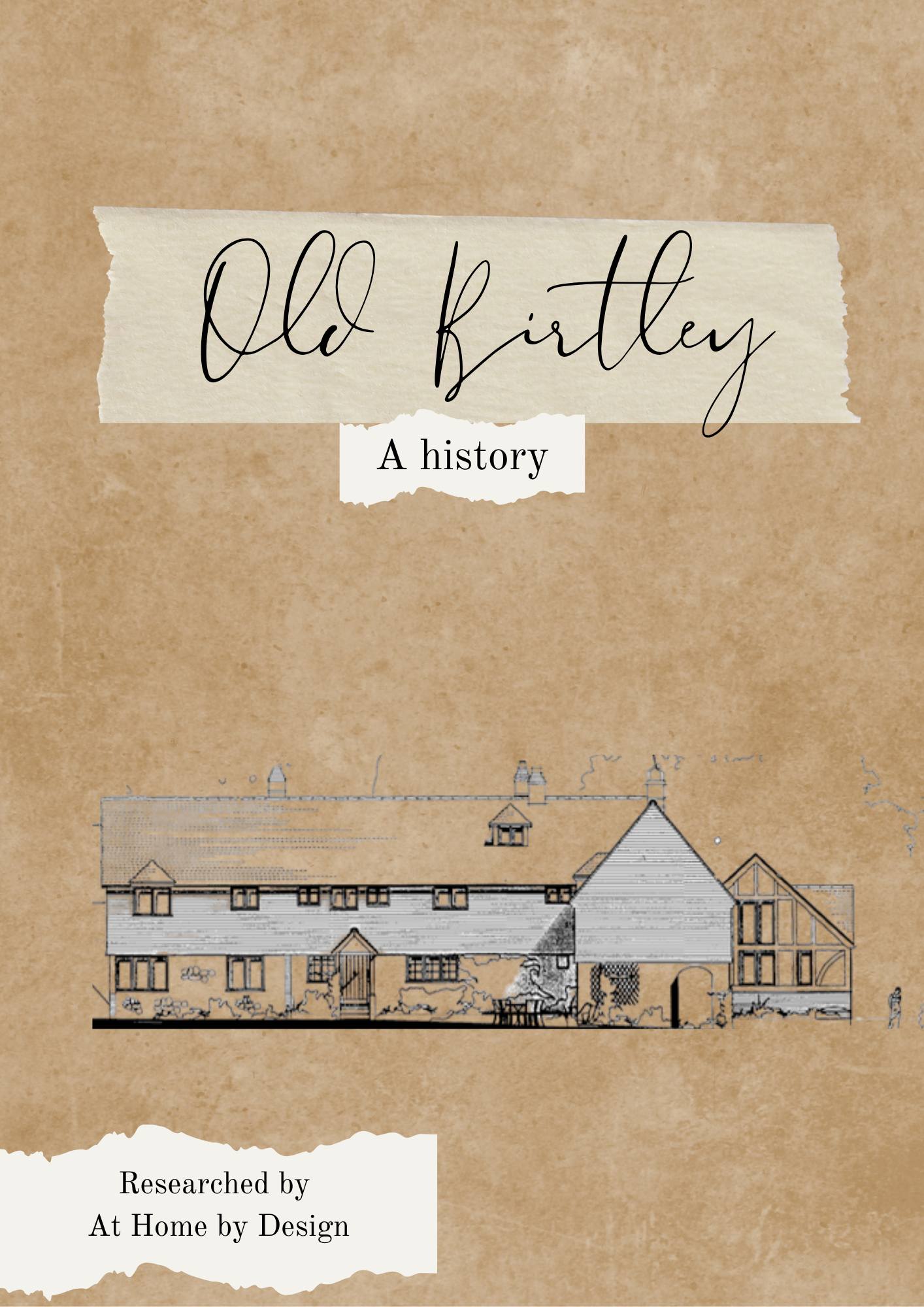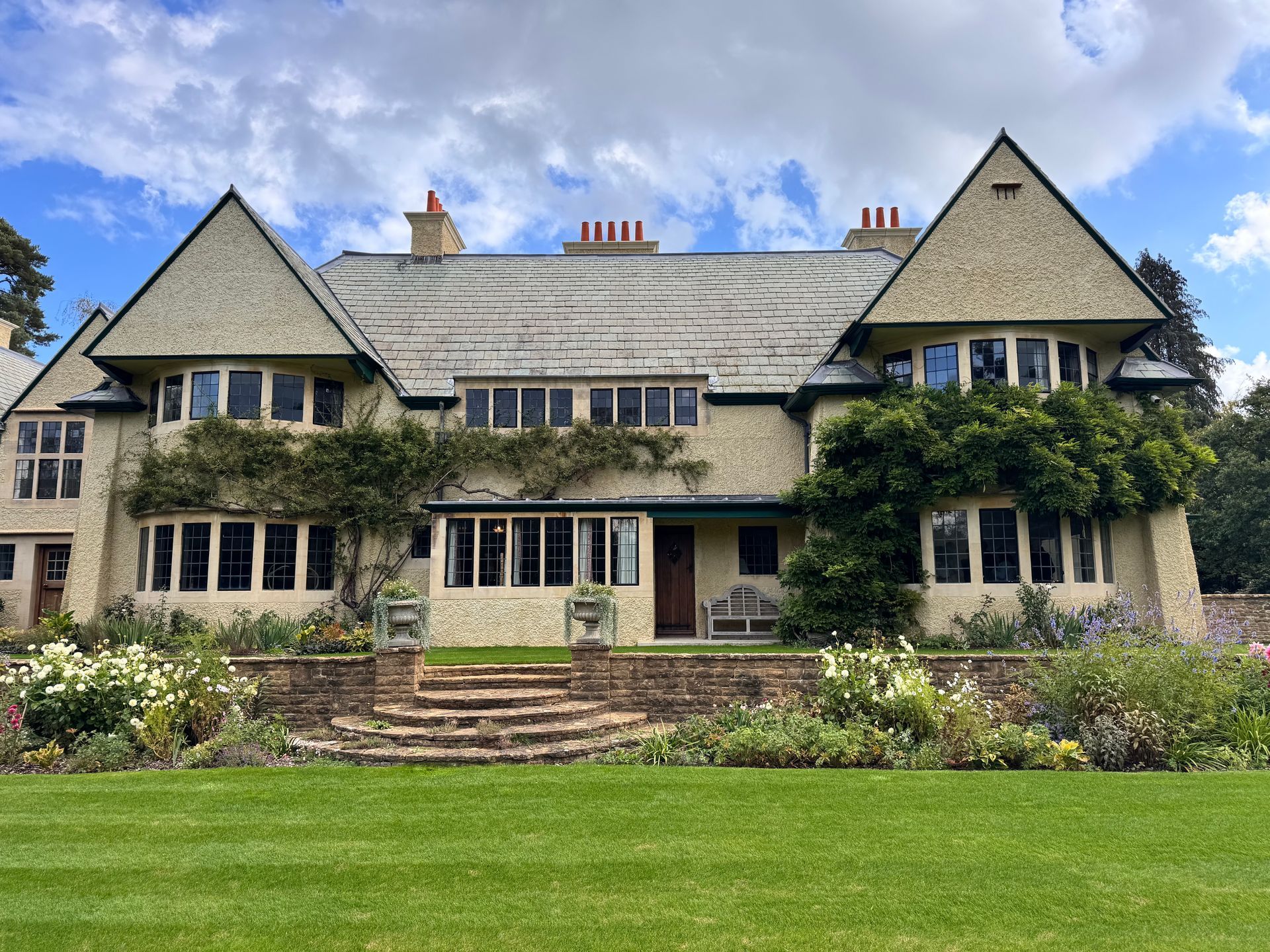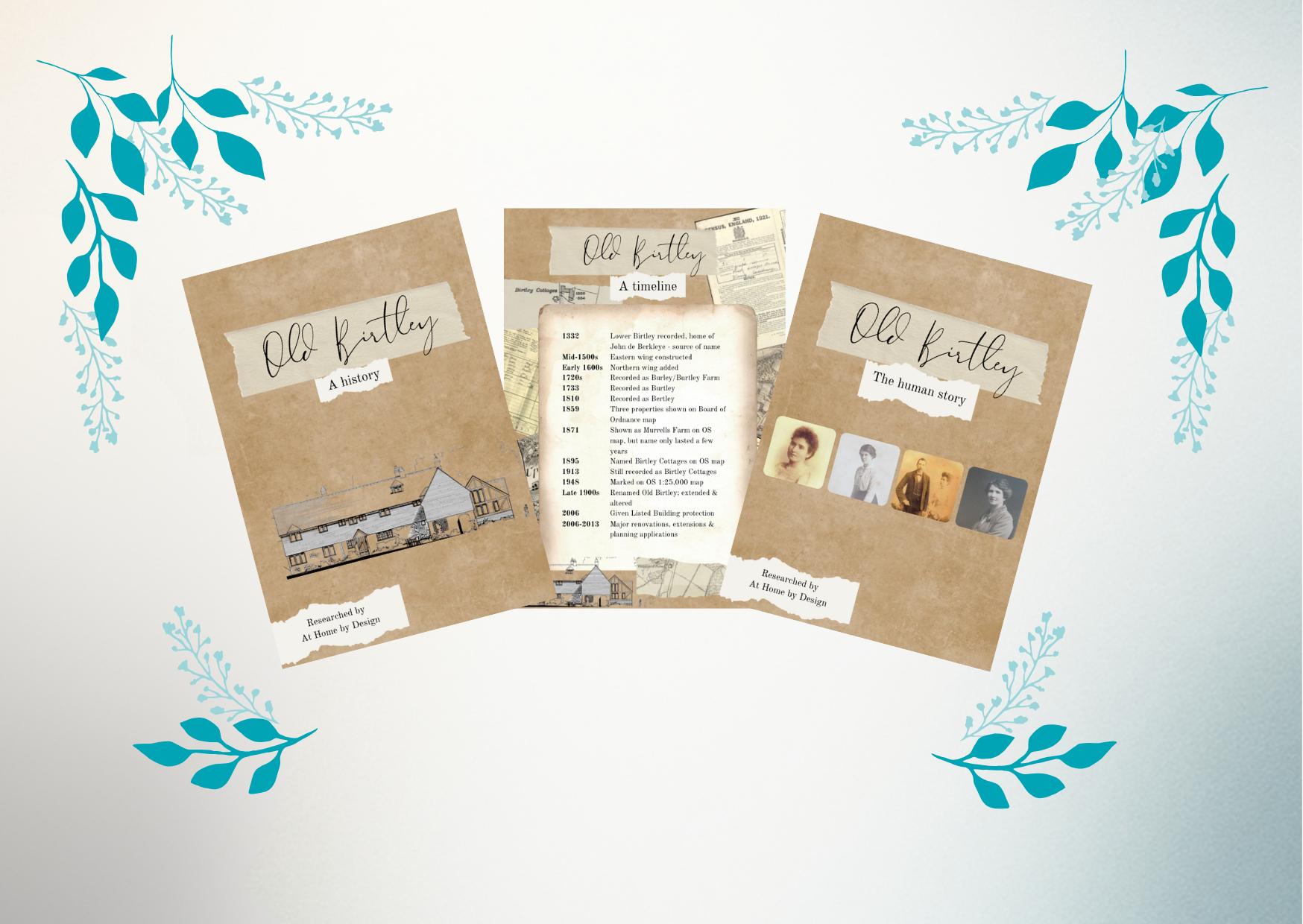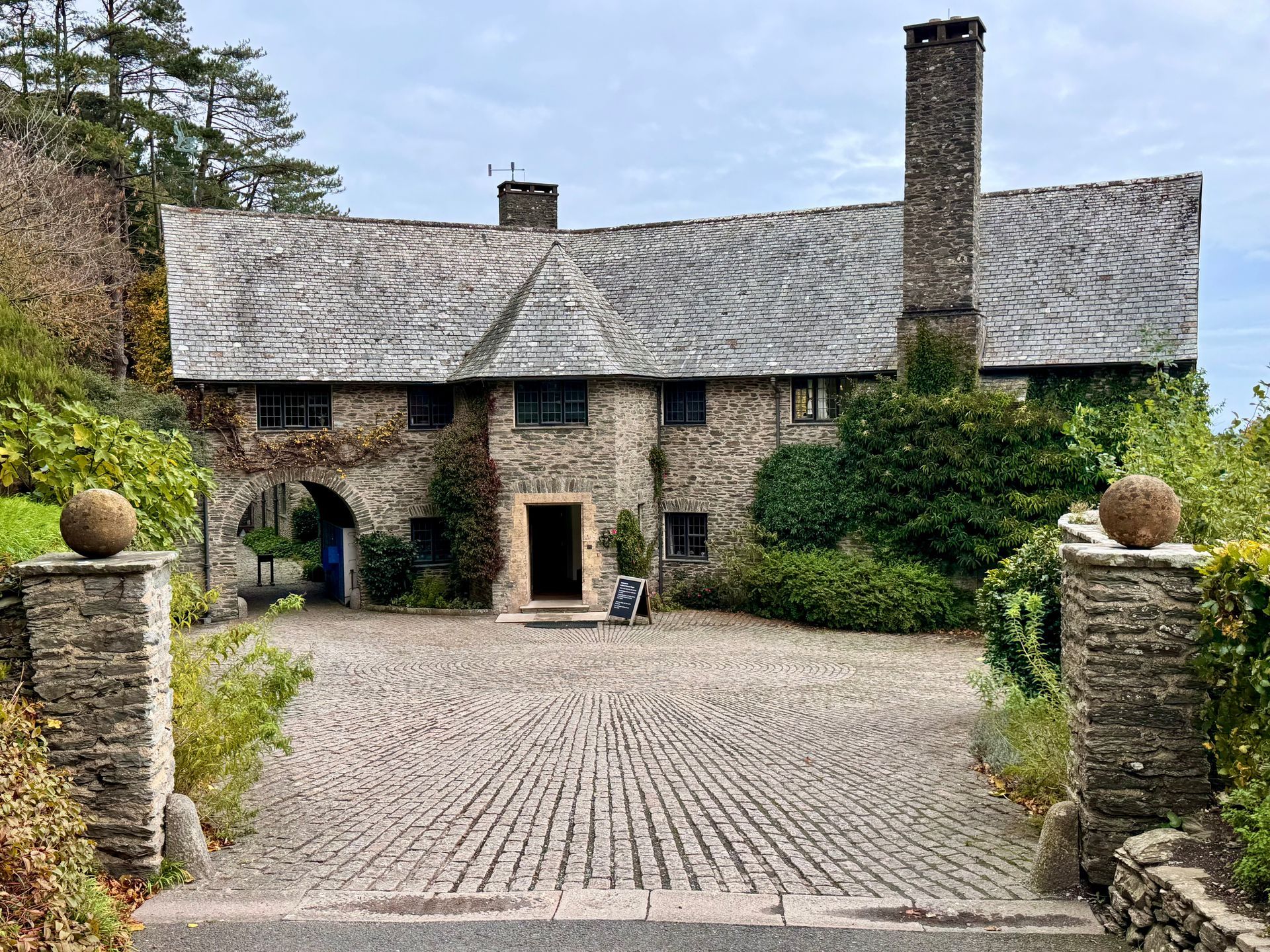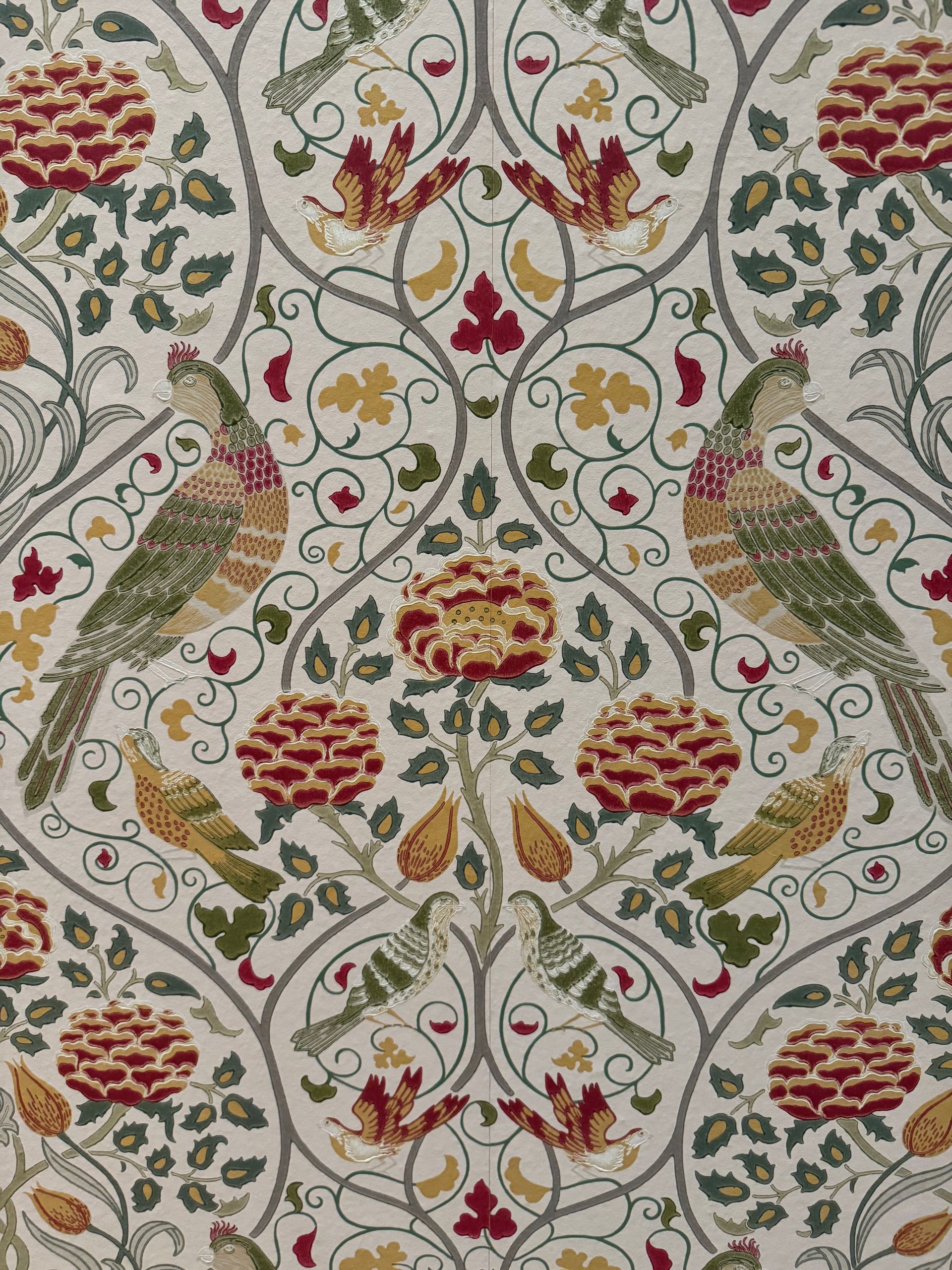Should our historic buildings and interiors be protected?
What can we learn from the past?
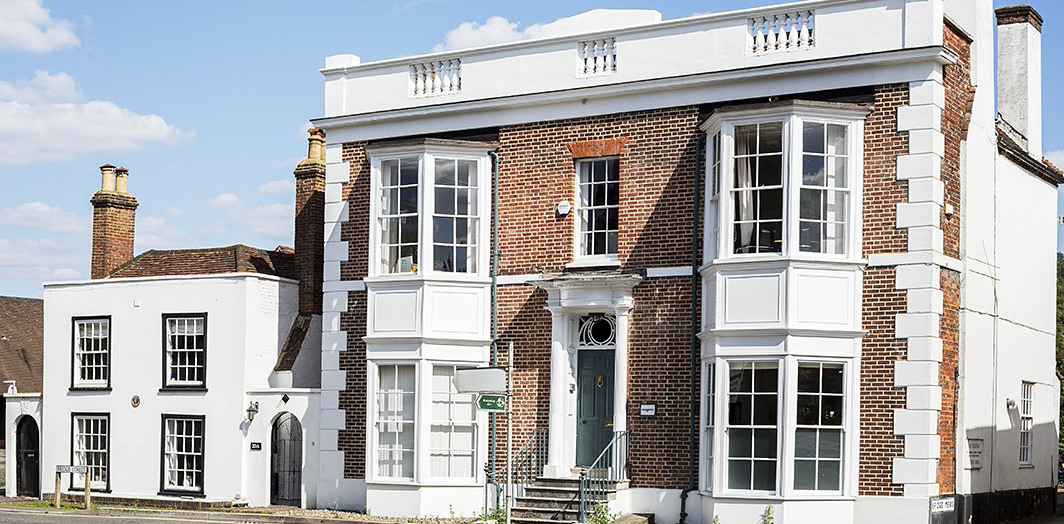
A beautiful Tudor cottage nestles prettily among the wafting pink flowers, loved and perfectly preserved.
A potentially handsome Victorian townhouse, stripped of all its original adornments, stands proudly to attention in a striking row of identical properties.
Fashions and trends are constantly changing. Through this state of flux some buildings manage to remain largely untouched for decades, thanks to a succession of owners who have felt some emotional connection to the past. Stately homes, handed down over generations, are a great example, even though there are very few older buildings that can truly declare they are a faithful representation of their original state. They are architectural logbooks of human endeavour. They are an evolving collage of now and then.
Each building has a story, and when this captures people’s imagination the patina and spirit of the place are kept intact, even if the functionality is changed. After all, there is no need to live an uncomfortable life without an inside bathroom, even if you take on a custodial role.
There’s even an environmental argument for renovating. The quality of old bricks means they can be reused if a wall has lost its structural integrity, and with the right insulation and care old houses can even compete with passive houses, in terms of carbon footprint, when you take into consideration the need to manufacture materials for a new build.
However, financial pressures often mean perfectly good buildings are destroyed. There is no VAT to pay on new builds so it’s often cheaper to knock them down and start again.
If this happens, what do you build in its place? Something that looks like it’s been there a long time, or something completely original? Past styles can provide inspiration, but why fake it when you can create something authentic and prototypical, or have the opportunity to juxtapose old and new?
So that leads us to a new way of thinking – the Chatsworth Effect – using old possessions alongside new, rather than just being reverent to a certain period. As long as there is balance, harmony and quality of workmanship on both sides, new contrasting styles can be fashioned. Every decision becomes an act of design, from taking wallpaper off to keeping old paintwork.
With so many exciting developments in technology, news ways of designing, the emergence of fresh viewpoints, solid environmental arguments and pressure from a housing shortfall do we need to build new houses, or can we repurpose the old? In the 1960s, mews buildings became de rigueur. In the 1980s, it was warehouses. What will it be tomorrow? Retail spaces?
With special thanks to leading advocates Jonathan Tuckey, Rahib Hage and Edward Bulmer for their views and insights during a panel discussion at Focus/18: Past, present, future: Reimagination and renewal http://www.jonathantuckey.com/
http://rabih-hage.com/
https://www.edwardbulmerinteriordesign.co.uk/


